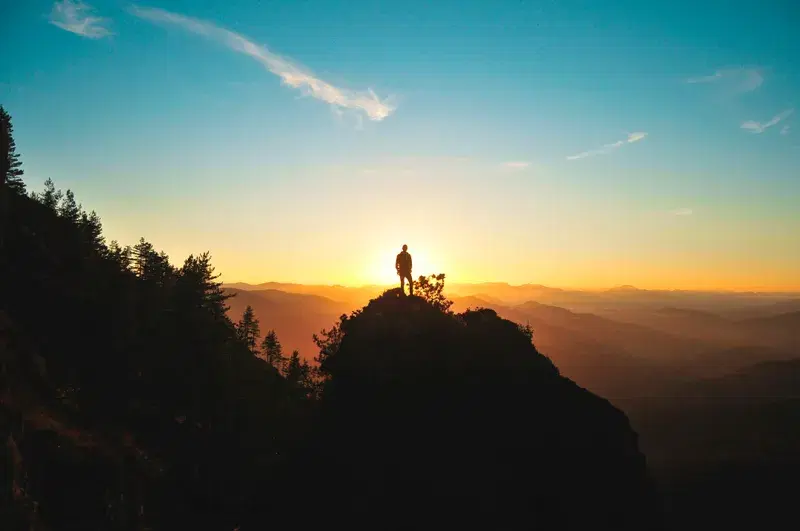Capturing the Peak: Essential Gear for Mountain Photography


Capturing the Peak: Essential Gear for Mountain Photography
Mountain photography offers a unique way to immortalize the breathtaking beauty of our planet. As you traverse rugged terrains and ascend to stunning heights, having the right outdoor gear is essential for capturing those perfect shots. In this article, we will explore the must-have hiking equipment and provide valuable photo tips for your next adventure into the wild.
1. The Right Camera Gear
Choosing the right camera for nature photography is crucial. While DSLRs and mirrorless cameras are excellent for high-quality shots, a lightweight compact camera can also be a viable option for those who want to travel light. Here are some essential camera accessories you should consider:
- Tripod: A sturdy tripod is essential for long exposure shots, especially in low light conditions. Look for a lightweight yet durable model that can handle the elements.
- Lenses: A versatile zoom lens (e.g., 24-70mm) allows for flexibility in different shooting conditions, while a wide-angle lens (e.g., 16-35mm) is perfect for capturing expansive landscapes.
- Filters: Polarizing filters help reduce glare and enhance colors, making them a great addition to your outdoor gear for mountain photography.
2. Hiking Equipment for Comfort and Safety
When you’re out in the mountains, comfort and safety should be your top priorities. Here’s some essential hiking equipment to keep you at your best:
- Quality Hiking Boots: Invest in a pair of waterproof, breathable hiking boots with good ankle support to keep you comfortable during long hikes.
- Weather-Resistant Backpack: A comfortable, weather-resistant backpack is crucial for carrying your camera gear and personal items. Look for one with padded compartments to protect your camera.
- Clothing Layers: Dress in moisture-wicking layers and bring an insulated jacket. Weather can change quickly in the mountains, and being prepared is key.
3. Photo Tips for Capturing Stunning Mountain Landscapes
To truly capture the essence of your surroundings, consider these photo tips:
- Golden Hour: Shoot during the golden hour, which occurs shortly after sunrise and before sunset. The soft, warm light during this time enhances the beauty of your shots.
- Use Leading Lines: Look for natural lines in the landscape, such as trails, rivers, or ridges, to guide the viewer's eye toward your subject.
- Play with Perspectives: Experiment with different angles and perspectives. Get low to the ground or find a higher vantage point to create unique compositions.
- Incorporate Foreground Elements: Adding foreground elements, like wildflowers or rocks, can add depth to your photographs and make them more inviting.
4. Post-Processing
Editing your photos can enhance their visual appeal. Use software like Adobe Lightroom or Photoshop to adjust exposure, contrast, and saturation. Don’t forget to sharpen your images to bring out the details in your mountain landscapes.
Conclusion
With the right outdoor gear and hiking equipment, along with these valuable photo tips, you’ll be well-prepared to capture the stunning beauty of mountain landscapes. So, gear up, hit the trails, and remember to embrace the adventure that comes with mountain photography.
Imagine the silhouette of a man standing on a mountain peak, capturing the breathtaking view with his camera—this could be you on your next outdoor adventure!